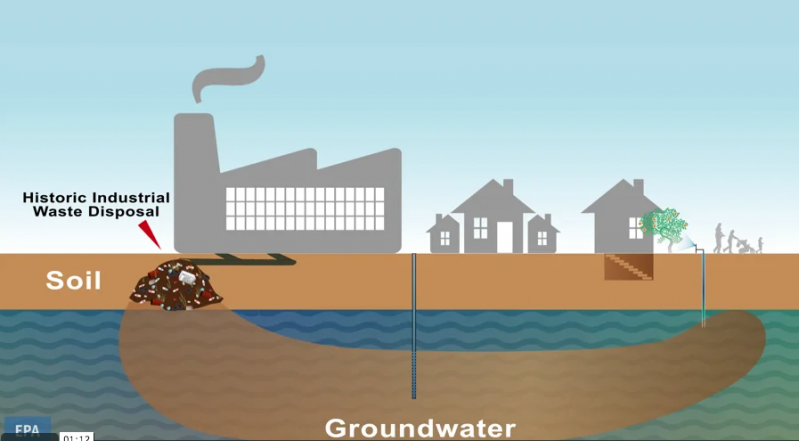Next-Level Water Management
Published on by Water Network Research, Official research team of The Water Network in Case Studies
After years of playing second fiddle to energy savings and emissions slashing, smarter corporate water management truly gained the spotlight in 2019. And not a moment too soon.
 Executives from across industries and global regions told Environment + Energy Leader about the biggest challenges they face around water management — and the steps they are taking in response.
Executives from across industries and global regions told Environment + Energy Leader about the biggest challenges they face around water management — and the steps they are taking in response.
Water and energy go hand-in-hand for Wyndham Destinations, the world’s largest vacation ownership company. Sustainability manager John Hodges described the how replacing grass with special turf at a property in California saved water, electricity, maintenance, and money.
Gap Inc. also sees economic value in water savings. Melissa Fifield, senior director of sustainable innovation, shared how the global retailer is working to reduce water usage in the manufacturing process — including working with NGOs and reporting to CDP.
Water prices are rising, especially in the United States, putting the pressure on to better manage this resource, the in-depth Environment + Energy Leader e-book “Successful US Water Management Strategies 2020” found. In one example from the e-book, Lowe’s ended up saving an estimated $5 million on annual water costs by installing HydroPoint’s smart irrigation controllers that use AT&T Internet of Things technology.
About six years ago, the Santa Rosa-based wine company Jackson Family Wines started assigning a price to every gallon of water used in their wineries, vice president of sustainability Julien Gervreau explained.
“Water is critical, and being a business that’s primarily based in California, it’s even more critical,” he said. “Our ability to manage our water resources is going to define our ability to succeed in the future.”
Media
Taxonomy
- Industrial Wastewater Treatment
- Industrial Water Treatment
- Industrial Water Treatment
- Industrial Water Reuse
- Industrial Water Managment